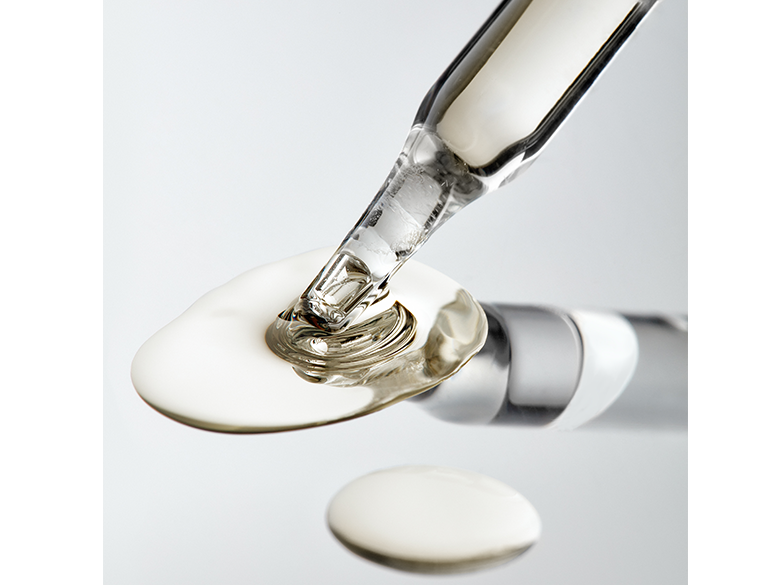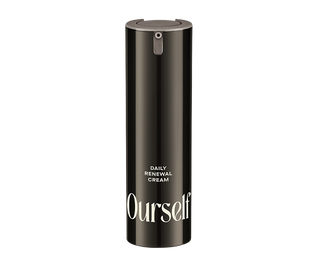
A chemical peel is a great way to erase the appearance of some of our skin’s most common imperfections. Fine lines, darker spots, and scarring can become less noticeable after a chemical peel. However, it’s crucial to your skin's overall health and the general healing process to follow a few post-procedural steps in order to avoid sabotaging your results.
Failure to take care of your skin while healing can render your peel worthless and cause more issues than you had in the first place. Here are the essential do’s and don’ts for chemical peel aftercare.
What Exactly Is a Chemical Peel?
A chemical peel is, essentially, just what it sounds like. During the procedure, your esthetician will apply a chemical solution to your skin, which will remove the top few layers. This is usually in the form of a serum or concentrated liquid and is applied with a sponge, gauze, or a brush. There are many types of peels with varying levels of strength:
-
Some peels are available to take home and do yourself.
-
A light chemical peel will generally only remove the top layers of your epidermis (the outermost layer of your skin) and uses milder ingredients, like salicylic acid. Light peels usually heal within a week, with little or no downtime involved.
-
Medium-level peels go a little further down, with recovery usually lasting from five to seven days. A medium-level peel will typically remove your epidermis and top layers of your dermis.
-
Deep peels penetrate the innermost layers of the skin to repair more serious skin problems. These types of treatments can require up to three weeks of recovery.
What Are the Do’s of Chemical Peel Aftercare?
When it comes to chemical peel aftercare, taking the right steps is crucial. Here are a few things you should focus on while your skin is healing.
Do Be Gentle
No matter how mild or extreme of the peel you’ve had, only use gentle cleansers until your skin is fully healed. You should also only use cool water and your fingertips to cleanse. Washcloths, cleansing brushes, and hot water can lead to inflammation and further discomfort.
Before your procedure, ensure you have a gentle, unscented facial cleanser on hand. Cleansers specifically formulated for sensitive skin are another great option you can continue to use long after your face is healed. Your esthetician will also be able to recommend a few great options.
Do Avoid the Sun
For at least a month after your treatment, stay out of the sun and out of the elements. Sun exposure can cause inflammation and damage your skin after a chemical peel. If you have to go outside, wear a hat, sunglasses, and SPF 50 sunscreen. Remember the old summertime rules—apply sunscreen generously and reapply every two hours.
Do Avoid Heat in General
The sun can cause irritation and discomfort to a freshly peeled face, and so can heat in general. Try turning the temperature in your shower down a bit, and avoid putting your face directly underneath any streams of hot water. If you opt to take a bath, leave the bathroom door open and crack a window so that you don’t accidentally create your own steam room.
With that said, a good rule of thumb is to avoid both steam rooms and dry saunas. You’ll also have a good reason to skip the gym for a week. This doesn’t mean you need to stay in your bed after your peel, but you should avoid heavy sweating for a few days.
Do Moisturize!
After your peel, your skin will be drier than normal. This can cause your face to feel tight and even itchy. It’s a good idea to frequently apply a non-comedogenic moisturizer to help lock in moisture and lessen redness or other irritation.
If you had a deep peel, your technician might even recommend using petroleum jelly throughout the recovery process. Hydrocortisone cream might also be a good idea for more sensitive patches.
What Are the Don’ts of Chemical Peel Aftercare?
After a chemical peel, there are a few things worth avoiding to speed up the healing process and avoid harming your skin.
Do Not Pick at Your Skin
As tempting and oddly satisfying as it may be, avoid pulling the dead skin off your face when it does begin to peel. Let it happen naturally. Pulling this layer of skin off can actually cause scarring. If your hair gets caught on the dead skin, keep it pulled back in a ponytail or with a headband.
Do Not Put Anything on Your Face, Other Than Moisturizer
Again, a chemical peel is just that: a chemical procedure. Your newly exposed skin needs time to adjust and heal, and putting other products on top of it can cause uncomfortable irritation. Now is not the time for toners or retinol! Unless otherwise directed by your esthetician, you should only apply moisturizer and use the gentlest of cleansing products.
Know Your Limit for Moisturizer
Too much of a good thing can sometimes cause damage. The entire point of a chemical peel is peeling off the top layers of your skin. If those top layers are too moisturized, this could prevent them from peeling off properly, making your procedure a bit of a waste.
Do Not Forget Water
It is of vital importance to stay hydrated during the recovery process. Make sure you are consuming at least two liters (68 ounces) of water every day to keep your body and your healing skin hydrated. Even after your face has fully healed, this is a great rule to live by to ensure your skin is always hydrated and looking and feeling its best.
Do Not Binge Drink
On the other side of that coin, alcohol dehydrates your body and also slows down your immune system. While one adult beverage might be okay, binge drinking will slow down the healing process, which could affect your results at the end of the day.
A professional chemical peel is a great way to rejuvenate and bring new life to your face. However, it is important to remember it is in fact a chemical procedure. Whether you’re in for a light peel or a deeper, more advanced treatment, it’s important to follow these critical aftercare tips and any other recommendations made by your esthetician. With a little planning and the right products in your arsenal, you can expect a smooth recovery and gorgeous results in the long run.
The Bottom Line
Taking proper care of your skin after a chemical peel is essential to getting the best results without damaging your skin further. After a chemical peel, make sure to keep your skin adequately moisturized, but not too moisturized, be gentle, avoid picking at the dead skin, and ensure you stay hydrated.
Sources:
Skin Resurfacing Chemical Peels - StatPearls | NCBI Bookshelf

